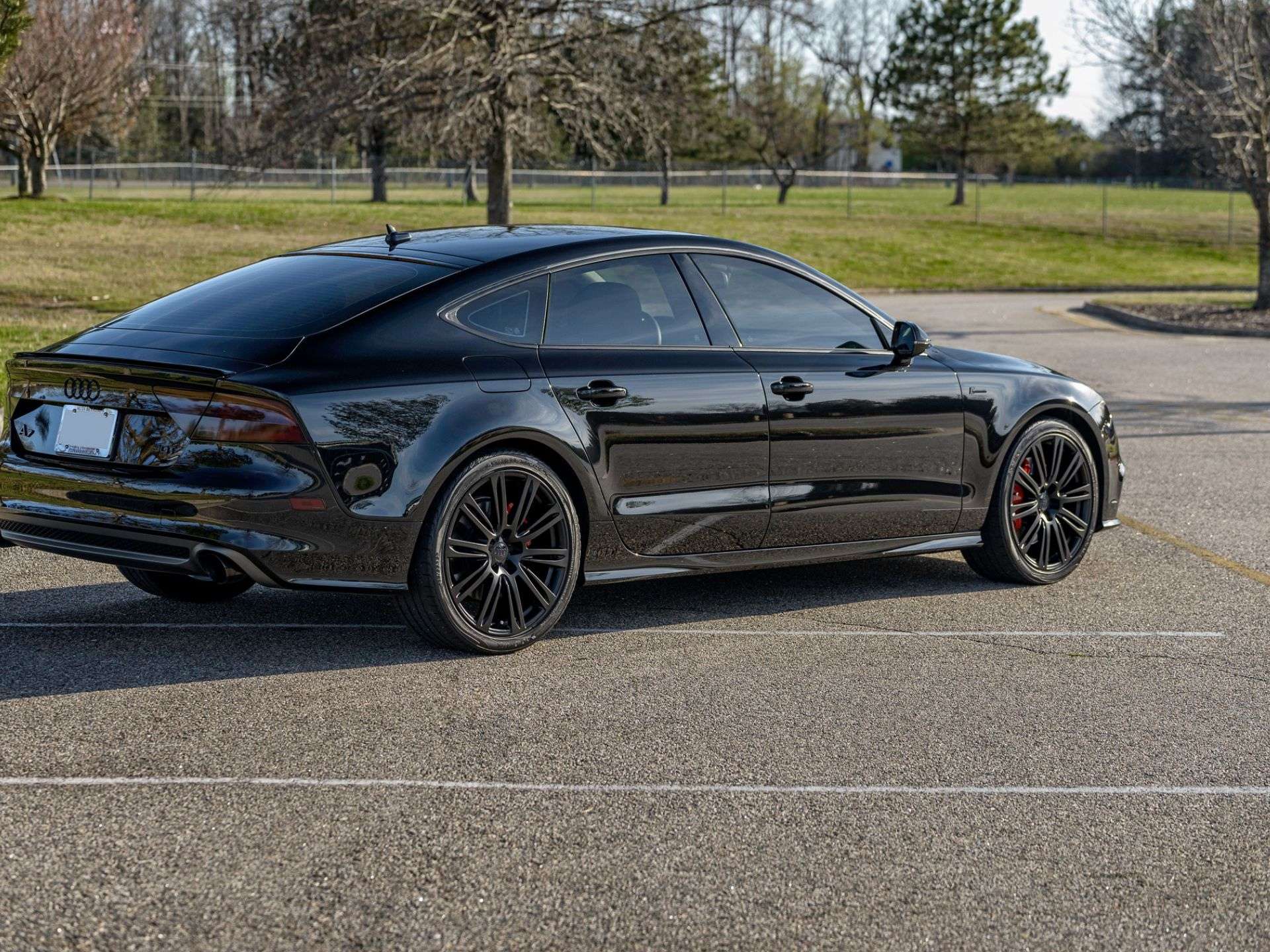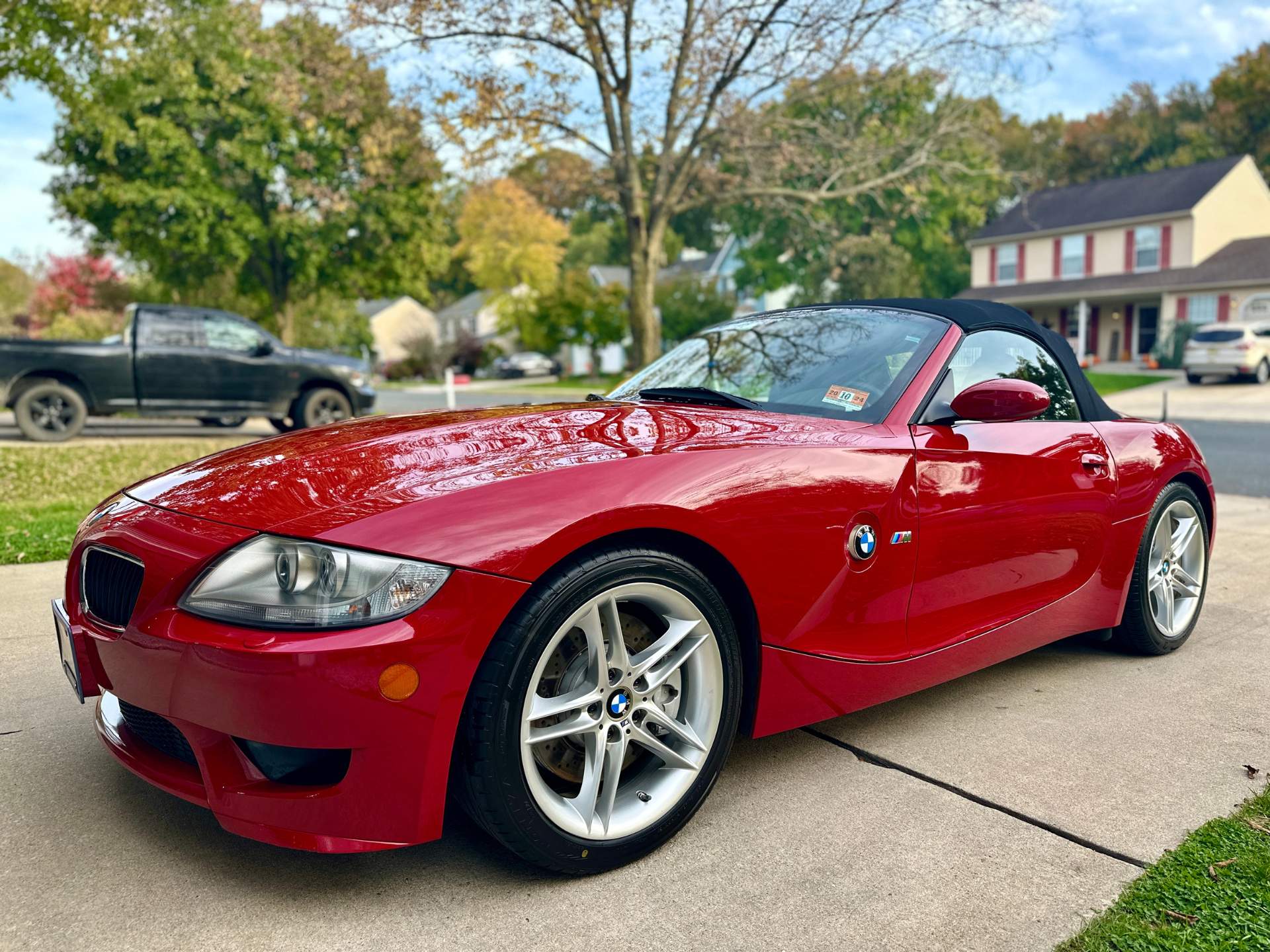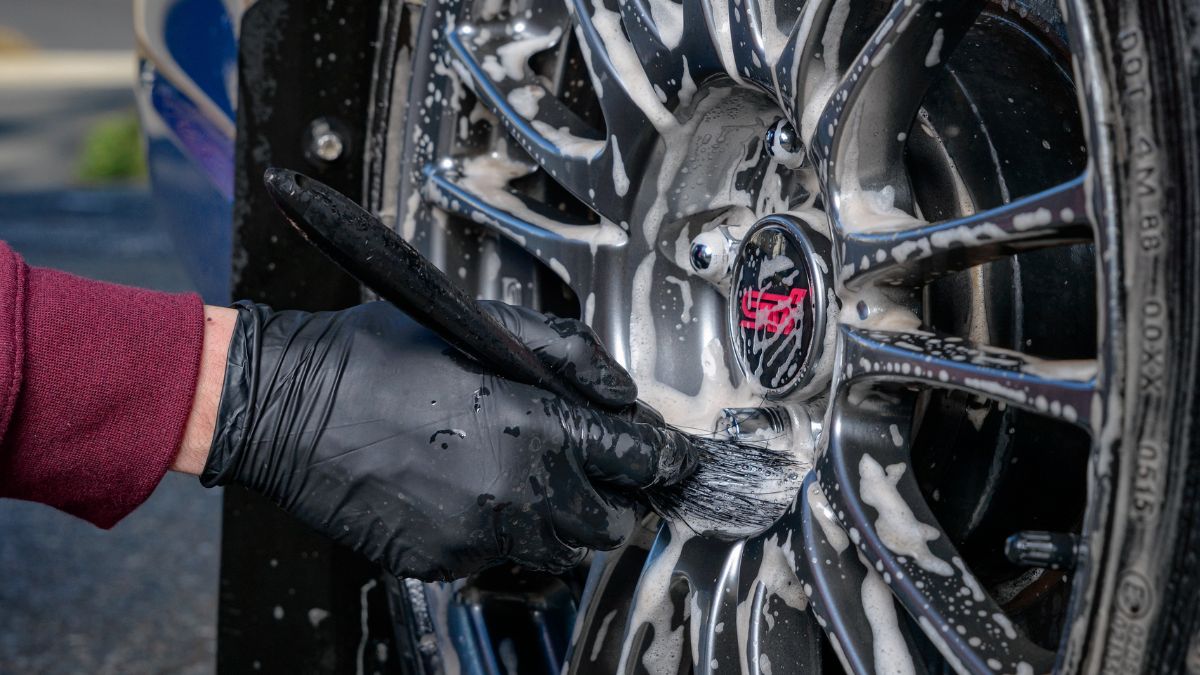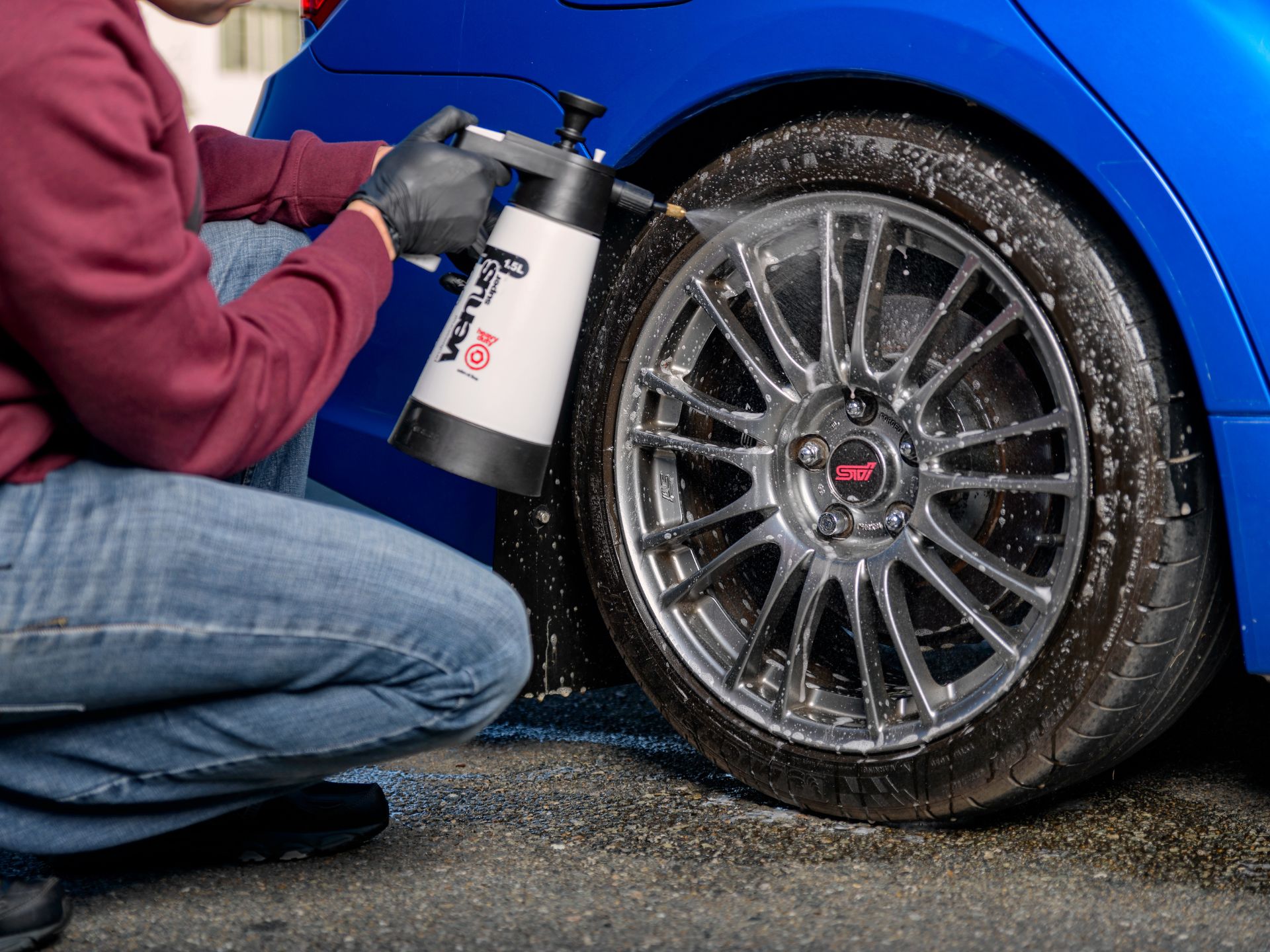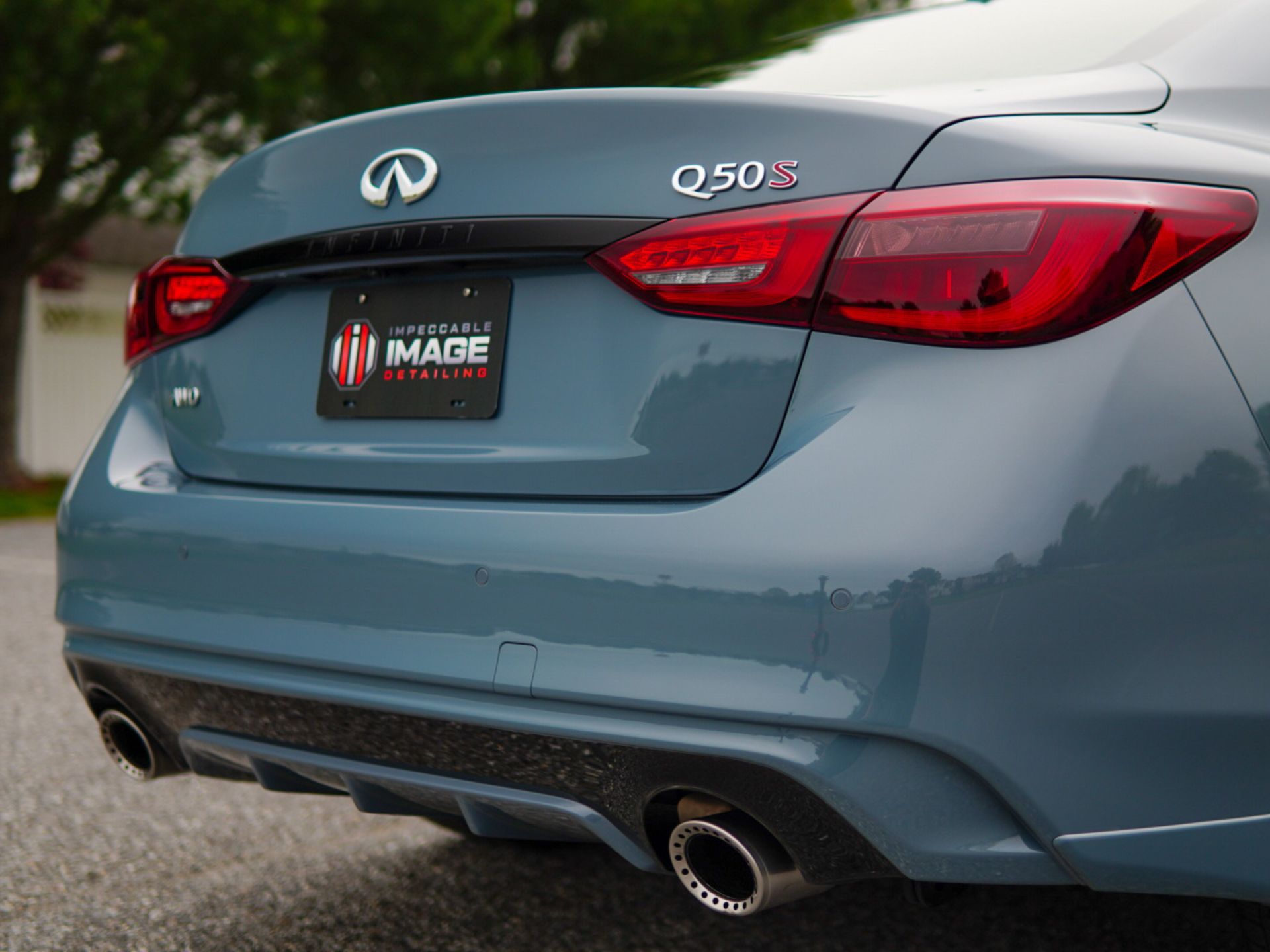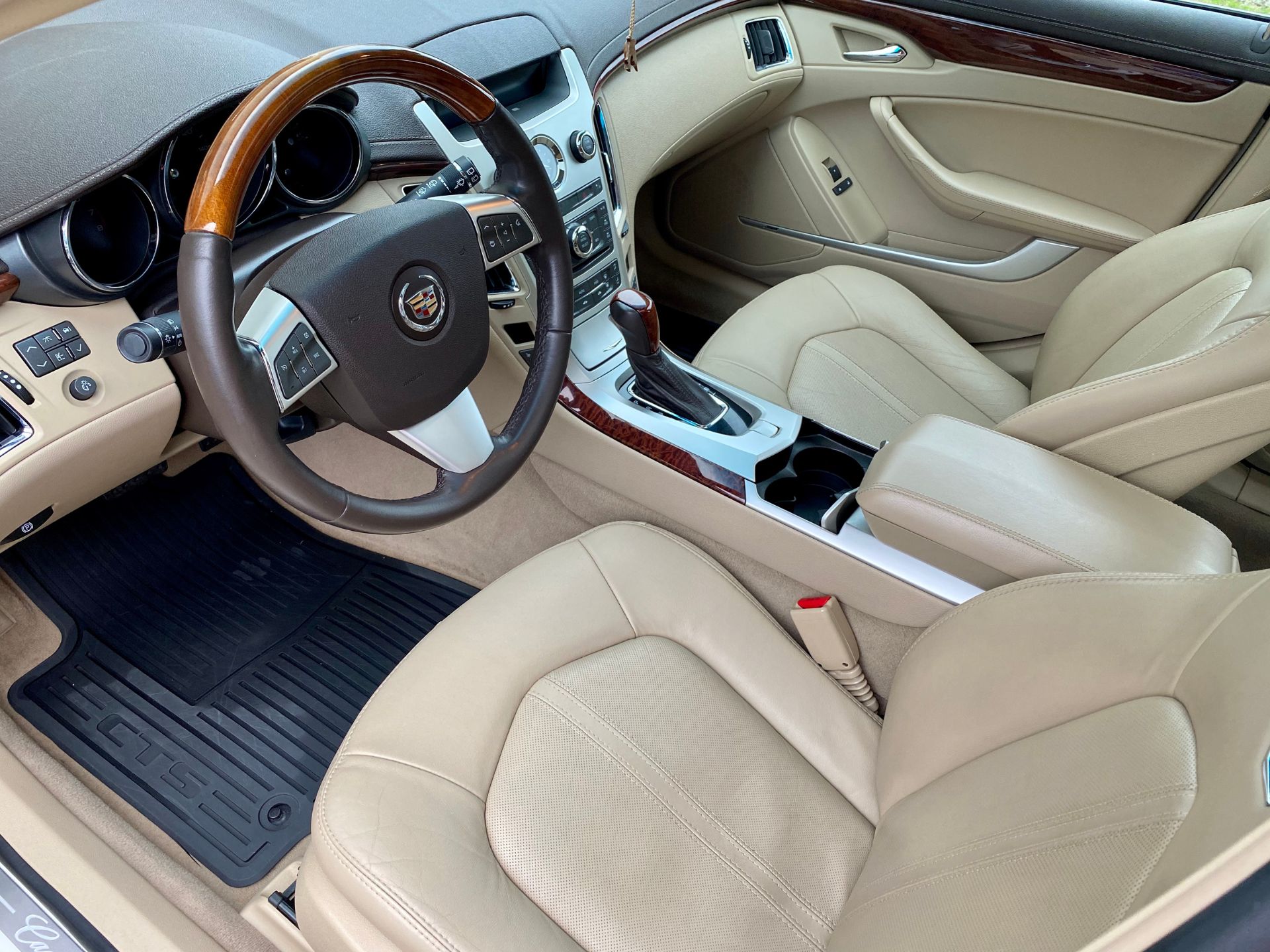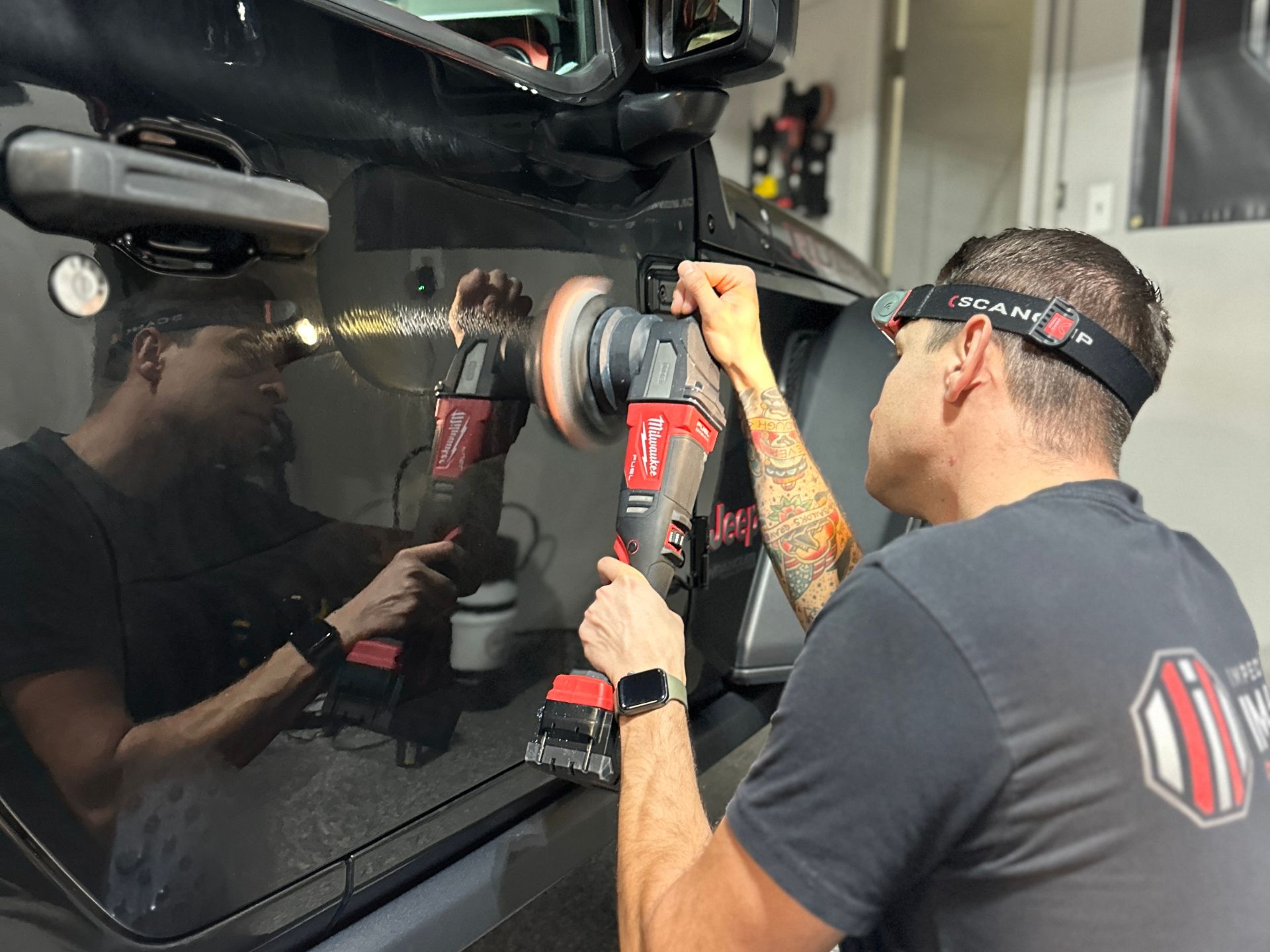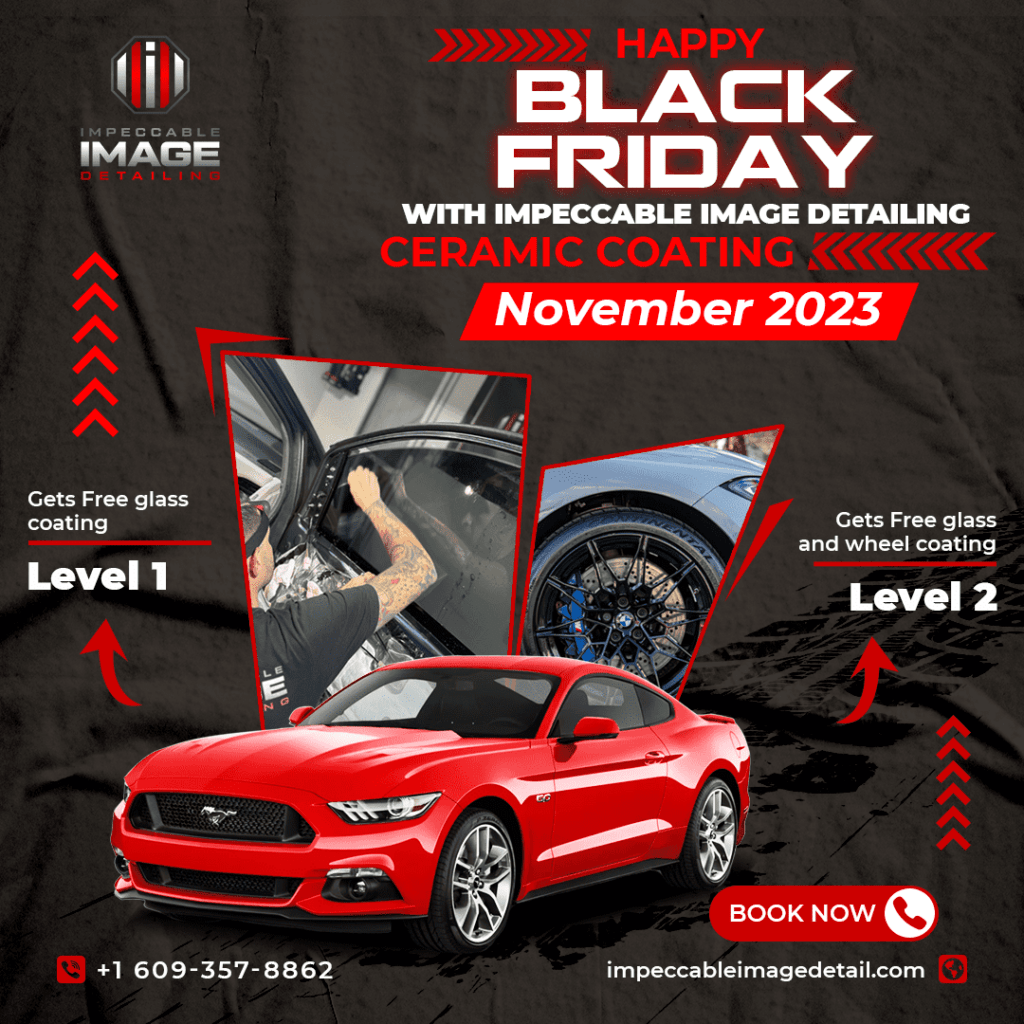Over time, even well-maintained vehicles can develop surface imperfections that diminish the original shine of the paint. This is where paint correction comes into play. As an advanced detailing process, paint correction restores your vehicle’s finish by eliminating flaws like swirl marks, scratches, and oxidation, breathing new life into your car’s appearance.
Let’s explore why paint correction is essential for keeping your car looking its best and how it contributes to long-term vehicle care.
Read more: What Does A Paint Correction Do?
The causes of paint imperfections
Even with regular care, your car’s paint can still be damaged over time. Here are some of the most common causes:
Swirl marks and scratches
These are typically caused by improper washing techniques, such as using abrasive sponges or towels, or automatic car washes with harsh brushes. Even minor contact with debris, dirt, or dust during washing can leave swirl marks on your paint.
Oxidation
Exposure to UV rays and environmental contaminants can cause your car’s paint to oxidize, making it look faded and chalky. Over time, this can lead to permanent damage if not addressed.
Water spots
Hard water spots are a common problem caused by mineral deposits left behind after rain or improper washing. If left unattended, these spots can etch into the paint, leaving unsightly marks.
Bird droppings and tree sap
Both bird droppings and tree sap are highly acidic and can quickly damage your paint if not removed. The acidity eats into the clear coat, leading to staining and etching.
Chemical contaminants
Road tar, brake dust, and industrial fallout can all adhere to your car’s surface, slowly deteriorating the paint. If not removed, these contaminants will leave your car looking rough and dull.

The benefits of paint correction for your car
Restore factory shine
One of the biggest advantages of paint correction is its ability to restore your vehicle’s original shine. The process removes surface defects and refines the paint, giving it a deep, reflective finish. When done correctly, paint correction can bring back the showroom quality of your car, making it look almost new again.
Enhance protective coatings
If you’re planning to apply ceramic coatings or high-quality wax, paint correction is a must beforehand. Coatings adhere best to a clean, smooth surface, free from imperfections.
Paint correction ensures that no scratches, swirls, or contaminants are trapped underneath the coating, allowing for maximum adhesion and protection. Skipping this step means the coating may not perform optimally, and the flaws will still be visible through the coating.
Prolong the life of your paint
By removing contaminants and addressing minor scratches before they worsen, paint correction plays a pivotal role in extending the life of your vehicle’s paint. Imperfections left untreated can penetrate deeper into the clear coat over time, making repairs more difficult and expensive. Correcting these issues early prevents further damage and preserves the integrity of your paint.
Boosts resale value
When it’s time to sell or trade in your car, the exterior condition is one of the first things potential buyers notice. A car with a flawless, gleaming exterior will not only attract more attention but can also fetch a higher price. Paint correction helps you maximize your car’s resale value by restoring its aesthetic appeal, making it look as good as possible.
The paint correction process: How it works
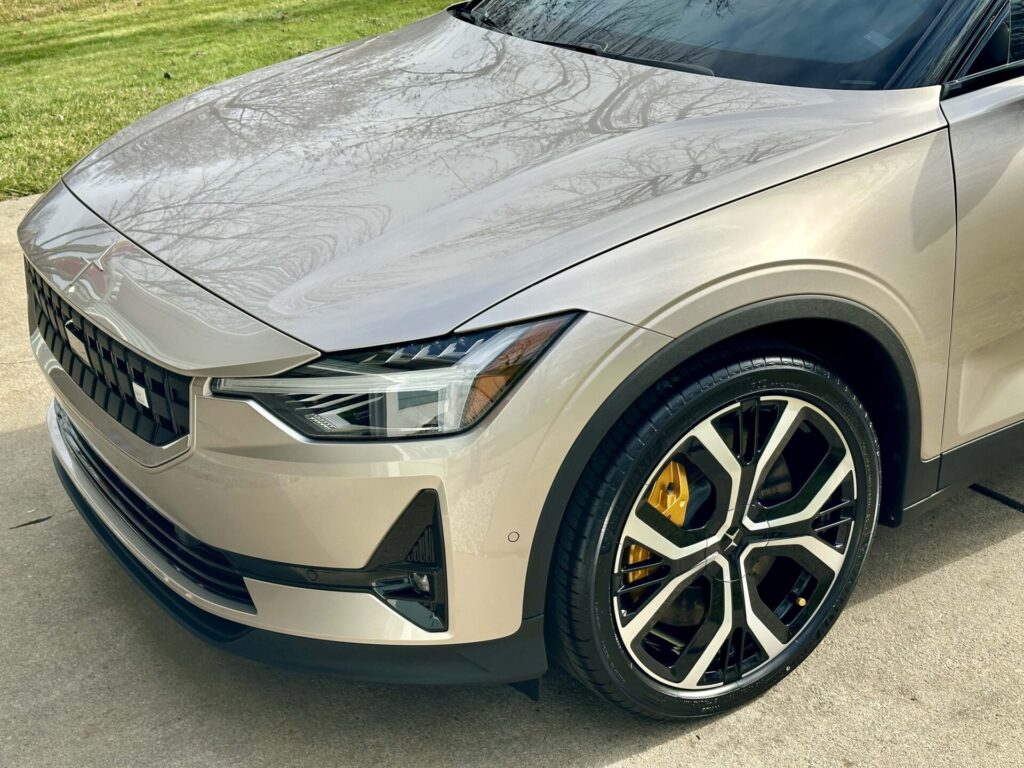
While the paint correction process varies depending on the condition of your car, here is a general overview of the steps involved:
Deep cleaning
The first step is to thoroughly clean and decontaminate the surface. This process removes dirt, road grime, tar, and other contaminants that could interfere with the correction process. Clay bar treatments are often used to remove embedded particles from the paint’s surface.
Paint inspection
After cleaning, the detailer inspects the paint under bright lights to identify all visible imperfections. This inspection helps determine the appropriate level of correction and the type of polishing compounds required.
Polishing stages
Paint correction typically involves multiple stages of machine polishing. The first stage uses more aggressive compounds to cut through imperfections like scratches and swirl marks. This is followed by finer polishing stages to refine the paint, removing any remaining imperfections, and restoring a smooth, glossy finish.
Final finishing
Once the paint has been corrected, a final polish is applied to ensure the surface is smooth and glossy. The car is then ready for additional protective coatings, such as ceramic or wax, to seal in the results and protect the newly restored surface.
Ready to transform your car’s appearance?
Transform your car’s appearance with expert paint correction from Impeccable Image Detailing. Our skilled team restores your vehicle’s shine, addresses imperfections, and enhances protection. Don’t settle for less – experience top-quality detailing that makes a difference.
Call us today at +1 609-357-8862 or visit us at 221 Ashley Ln, Lumberton, NJ 08048. Let Impeccable Image Detailing bring out the best in your car!

